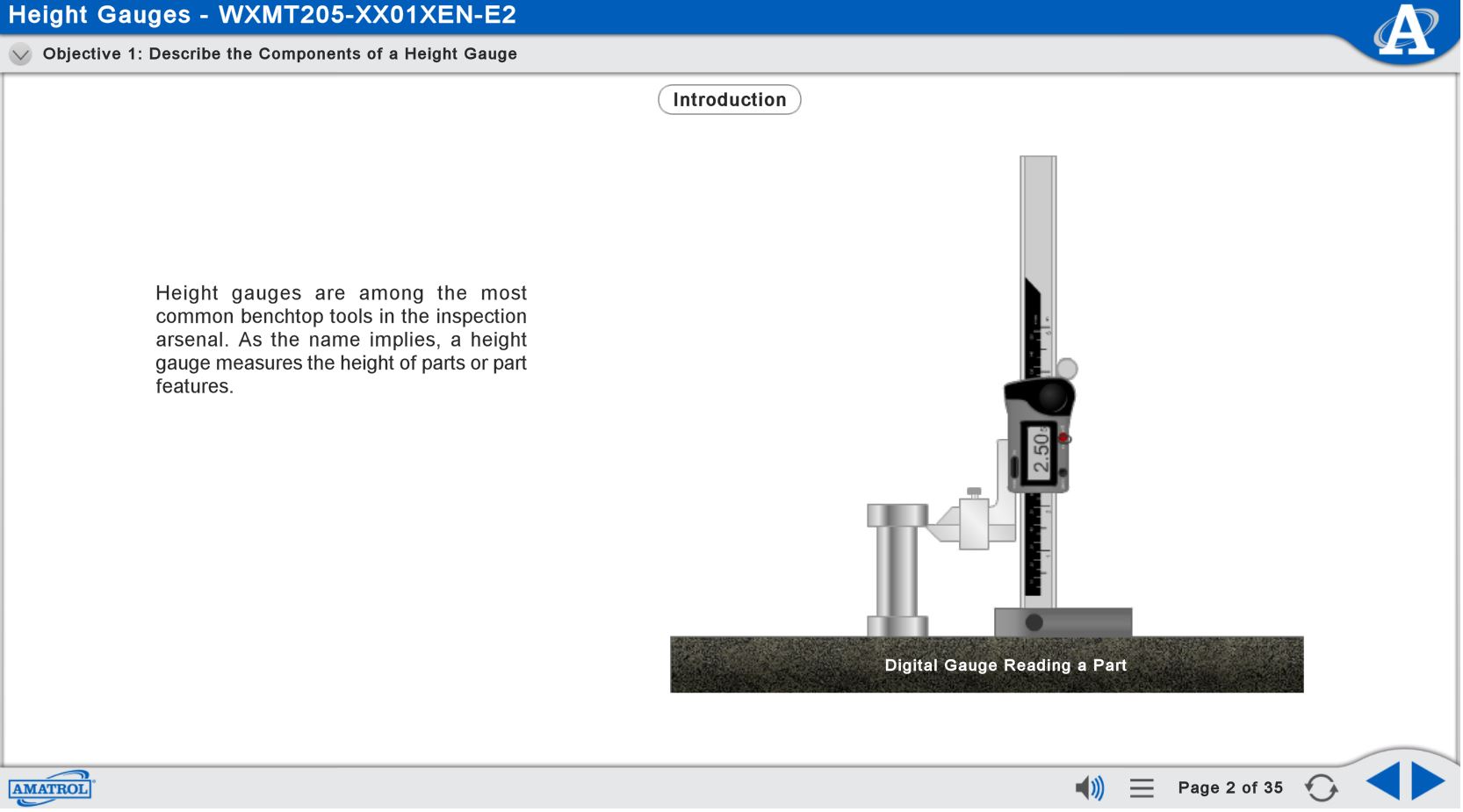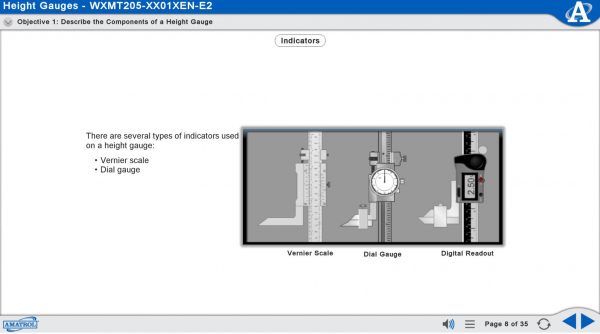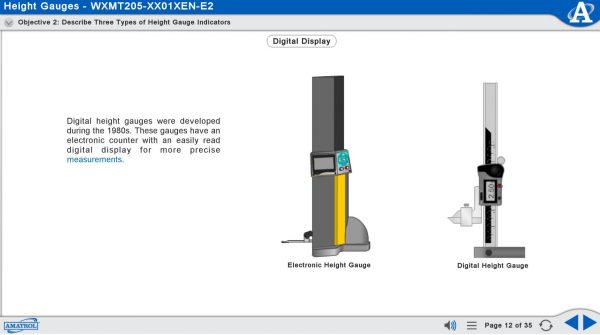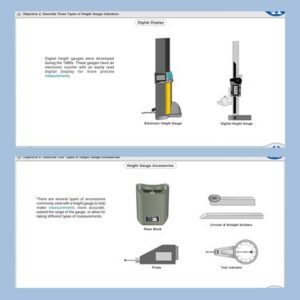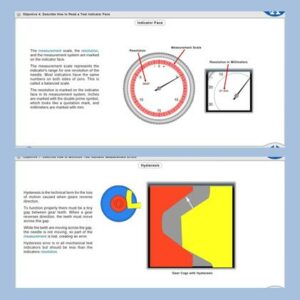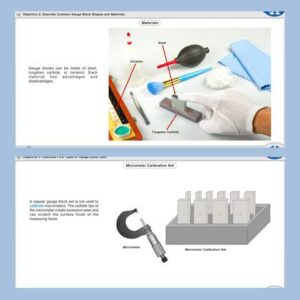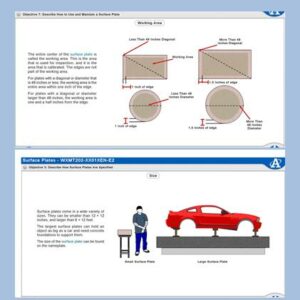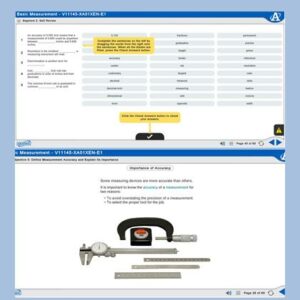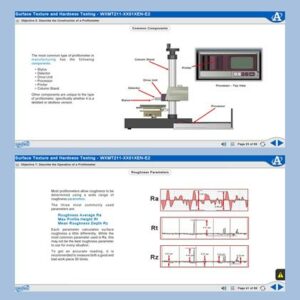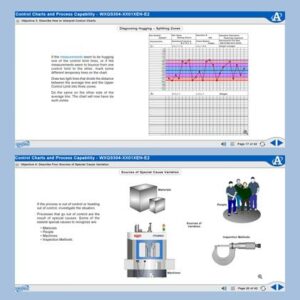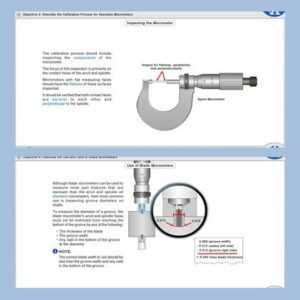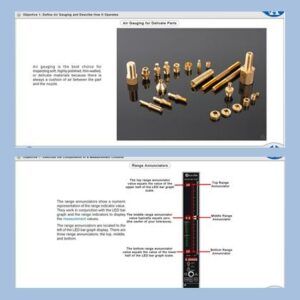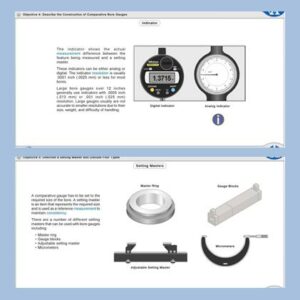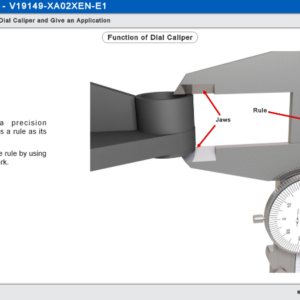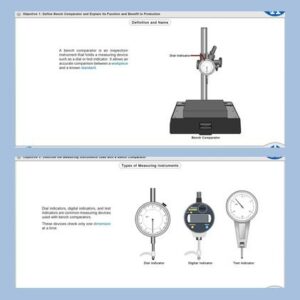Height gauges are among the most common benchtop tools in the inspection arsenal. As the name implies, a height gauge measures the height of parts or part features. But height is not the only attribute these gauges can measure. Height gauges can also measure the vertical location of one part feature in relation to another.
Height gauges are versatile tools. Here are some applications that require height gauges:
- Marking off vertical distances on parts (scribing)
- Measuring height differences between part features
- Measuring centerline heights of holes in parts
- Measuring high and low points on circular part features
The design of modern height gauges varies little from the first height gauges ever manufactured. In fact, all height gauges still have the same basic components. The base is a heavy metal piece that secures the bottom of the column. Because the gauge is top heavy, the base helps prevent it from tipping. In order for the gauge to return an accurate measurement, the base should be used with a granite surface plate. The surface plate provides a flat surface to use as a zero reference point for the gauge.
